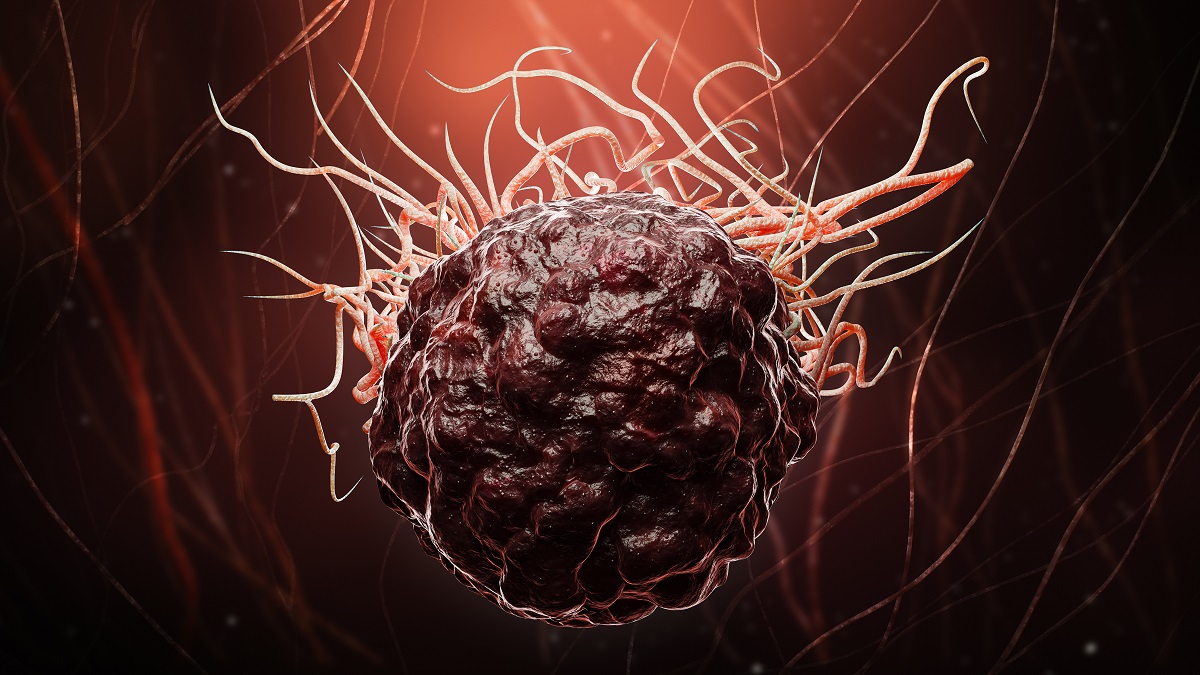KEY TAKEAWAYS
- The EPCORE NHL-5 phase 2 trial aimed to investigate the safety and antitumor activity of epcor + pola-R-CHP in patients with DLBCL.
- The key endpoints were to determine DLTs, ORR/CR, TTR, and safety.
- Researchers noted significant efficacy and safety of epcor + pola-R-CHP in newly diagnosed DLBCL; further investigation is ongoing.
Pola-R-CHP improved response rates and progression-free survival (PFS) vs cyclophosphamide, doxorubicin, vincristine, and prednisone (R-CHOP) as first-line (1L) treatment (tx) for diffuse large B-cell lymphoma (DLBCL). However, there is still an unmet need to improve outcomes to achieve cure in 1L DLBCL.
Epcoritamab (epcor), a subcutaneous CD3xCD20 bispecific antibody, has demonstrated safety and efficacy in 1L DLBCL in combination with R-CHOP and is approved as monotherapy for relapsed or refractory (R/R) DLBCL after ≥2 lines of systemic therapy in the US, Europe, Japan, and other regions. Combining epcor with antineoplastic agents with varied MOAs may offer enhanced clinical benefit to patients. They reported safety and antitumor activity in patients with newly diagnosed DLBCL treated with epcor + pola-R-CHP.
David Lavie and the team aimed to assess the safety and antitumor activity of epcor combined with pola-R-CHP in newly diagnosed DLBCL, emphasizing its potential over standard tx’s.
Researchers performed an inclusive analysis of EPCORE NHL-5, an ongoing, multi-arm, open-label, global study. In arm 3, patients presented with newly diagnosed CD20+ DLBCL, including DLBCL not otherwise specified, high-grade B-cell lymphoma (HGBL) with MYC and BCL-2 and/or BCL-6 translocations (double/triple-hit), or follicular lymphoma (FL) grade 3B, with ECOG PS 0–2 and IPI score 2–5. Treatment consisted of 21-day cycles (C) with epcor + pola-R-CHP until C6, followed by 2 C of epcor monotherapy.
Epcor dosing involved step-up dosing in C1, followed by full doses (48 mg) weekly during C2–4 and every 3 weeks during C5–8. Additional management strategies included prednisone (n=17) or dexamethasone (n=20) for cytokine release syndrome (CRS) mitigation, and G-CSF or pegylated G-CSF post doxorubicin, cyclophosphamide, and pola during C1–6, with optional CNS prophylaxis. Key endpoints encompassed DLTs, investigator-assessed response (ORR/CR), time to response (TTR), and safety assessment.
They reported results from an analysis of EPCORE NHL-5 as of November 28, 2023. About 37 patients received epcor + pola-R-CHP: 51% were female, with a median age of 64 years. Diagnosis breakdown included 34 with DLBCL, 1 with HGBL, and 1 with FL grade 3B. No dose-limiting toxicities (DLTs) were observed.
Among 27 evaluable patients, the overall response rate (ORR) was 100%, with 89% achieving a complete response (CR) (n=24). Median follow-up was 5.8 months (95% CI: 4.8, 8.6). Median TTR and CR were 2.7 months (range: 1.3–3.3) and 2.8 months (range: 1.3–6.7), respectively. Treatment-emergent adverse events (TEAEs) are detailed, with 2 patients (5%) discontinuing epcor due to an AE and 3 patients (8%) discontinuing pola-R-CHP for the same reason. Common grade 3–4 TEAEs included neutropenia (65%), anemia (14%), and leukopenia (11%).
One patient experienced a fatal TEAE (septic shock), unrelated to epcor. CRS was predominantly low grade (32% G1, 16% G2), occurring most frequently after the first full epcor dose (C1, Day 15). CRS events were managed with prophylactic dexamethasone or prednisone, with resolutions typically within 2 days (range: 1–6). No immune effector cell-associated neurotoxicity syndrome (ICANS) was observed. One patient had grade 4 hemophagocytic lymphohistiocytosis (HLH), which resolved with continued tx completion.
Biomarker analysis showed pharmacodynamic profiles consistent with epcor’s mechanism of action, with predictable cytokine elevations (IFN-gamma, IL-2, IL-6) after the initial full dose. Preliminary pharmacokinetic profiles and exposures of epcor were comparable to other tx combinations and monotherapy. Ongoing follow-up will provide additional data.
The study concluded with high ORR and CR rates across all patient subgroups for epcor + pola-R-CHP in newly diagnosed DLBCL, demonstrating a favorable safety profile compared to other tx’s. These findings support ongoing investigation of this combination, with forthcoming data including minimal residual disease (MRD) outcomes.
The trial was sponsored by the Genmab.
Clinical Trial: https://clinicaltrials.gov/study/NCT05283720
Lavie D, Avigdor A, Avivi I, et al. (2024). “FIRST DATA FROM SUBCUTANEOUS EPCORITAMAB+POLATUZUMAB VEDOTIN, RITUXIMAB, CYCLOPHOSPHAMIDE, DOXORUBICIN, AND PREDNISONE (POLA-R-CHP) FOR FIRST-LINE DIFFUSE LARGE B-CELL LYMPHOMA (DLBCL): EPCORE NHL-5.” Presented at EHA 2024.



